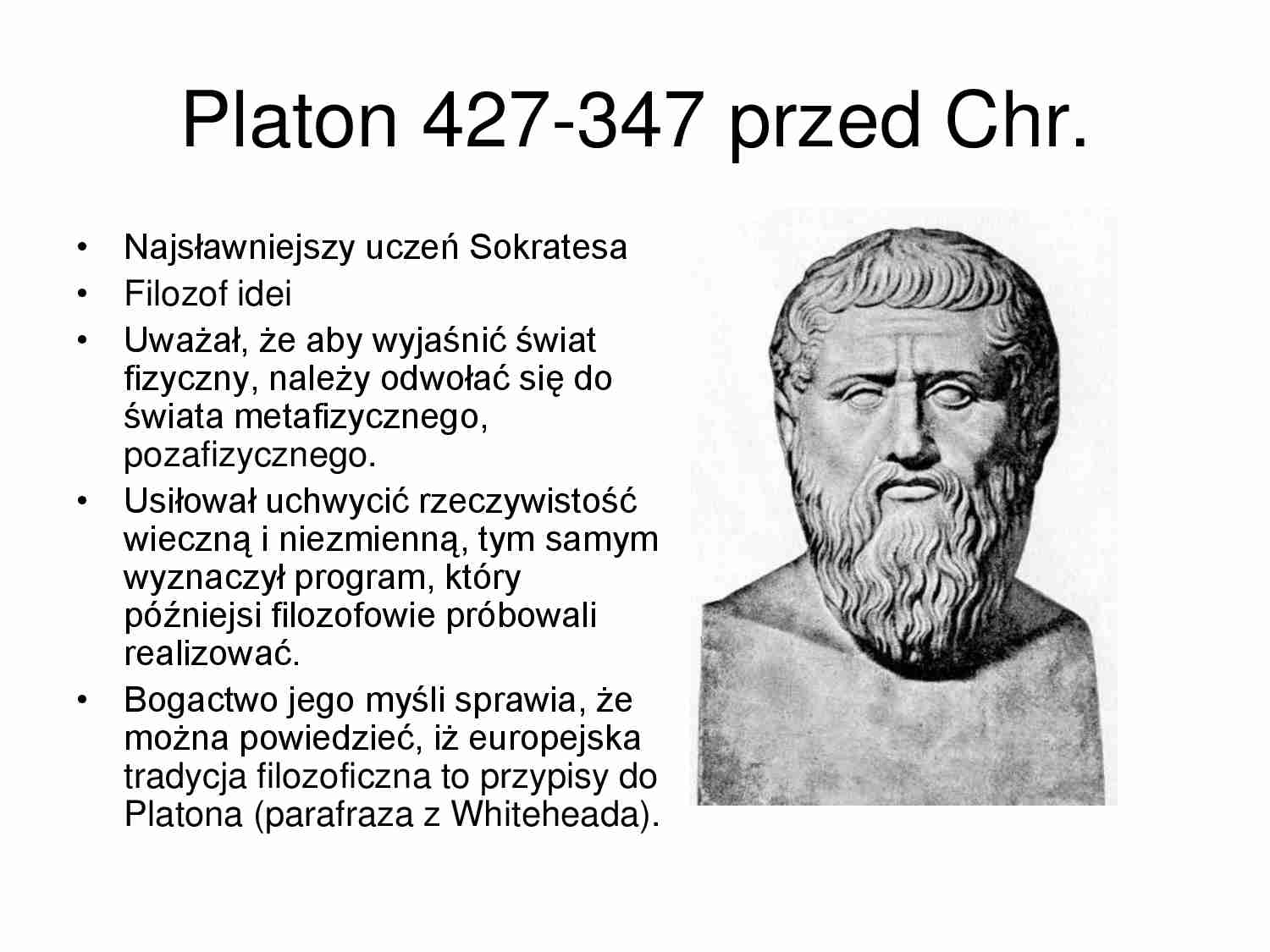

It is therefore not openly accessible, though it may be available by request. PLEASE NOTE: Boston University Libraries did not receive an Authorization To Manage form for this thesis or dissertation. The translation we propose is: the Eleatic Stranger is "different (heteros) of the companions (tôn hetairôn) of Parmenides and Zenon". This manuscript permits to maintain the formula tôn hetairôn, transmitted by all the manuscripts after the first hetairon, and removed in modern editions.

This manuscript, among others, has the lecture heteros, 'different', instead of hetairon, 'companion'. The questioning is possible if we exploit some valuable greek manuscripts of Plato's Sophist, neglected by J.Burnet, like Vindobonensis 21 (Y). These anomalies invited us to question the character of 'companion' of the 'Parmenideans' credited to the Stranger. In fact, in spite of Theodorus' presentation, the Stranger, albeit citizen of Elea, does not seem to share the theses of the 'Eleatics'.

His remarks are rather those of an adversary than of a friend or companion of Parmenides. However, when the possibility of justifying the existence of images and appearances is considered, the Stranger himself proposes 'testing' Parmenides' thesis. Since then, this cliché is accepted by all translations. In 1561 J.Cornarius proposed his own version of some passages of Plato's Sophist In this version Theodorus presents the Eleatic Stranger as "a companion (hetairos) of Parmenideans and Zenonians" (216a). To streamline my references to the poem, I will use only my translated and resequenced fragment and line numbers found in my article, “Approaching the Parmenidean Sublime: A New Translation and Resequencing of the Fragments of Parmenides,” from Volume 23, Number 1, pages 1–18, Fall 2018, of this journal. This passing along of a teaching, its history, and its style, makes up the essence of an apprenticeship, whether artistic, philosophical, or as a social ontology. The request to convey the story is still alive and well in Parmenidean studies. This paper is Part II of my study entitled “Approaching the Parmenidean Sublime: A New Translation and Resequencing of the Fragments of Parmenides.” What I seek to accomplish here is to elaborate on my resequencing/translation decisions, and take up the more thorny philosophical/juridical aspects of my position previously mentioned, yet condensed, in “Notes to Translator’s Introduction,” and “Notes on the Fragments.” I believe that this continued engagement with the fragments of Parmenides makes up the “dutiful apprenticeship” intrinsically represented in the poem’s teacher-student exchange, and in the request to convey the story.


 0 kommentar(er)
0 kommentar(er)
